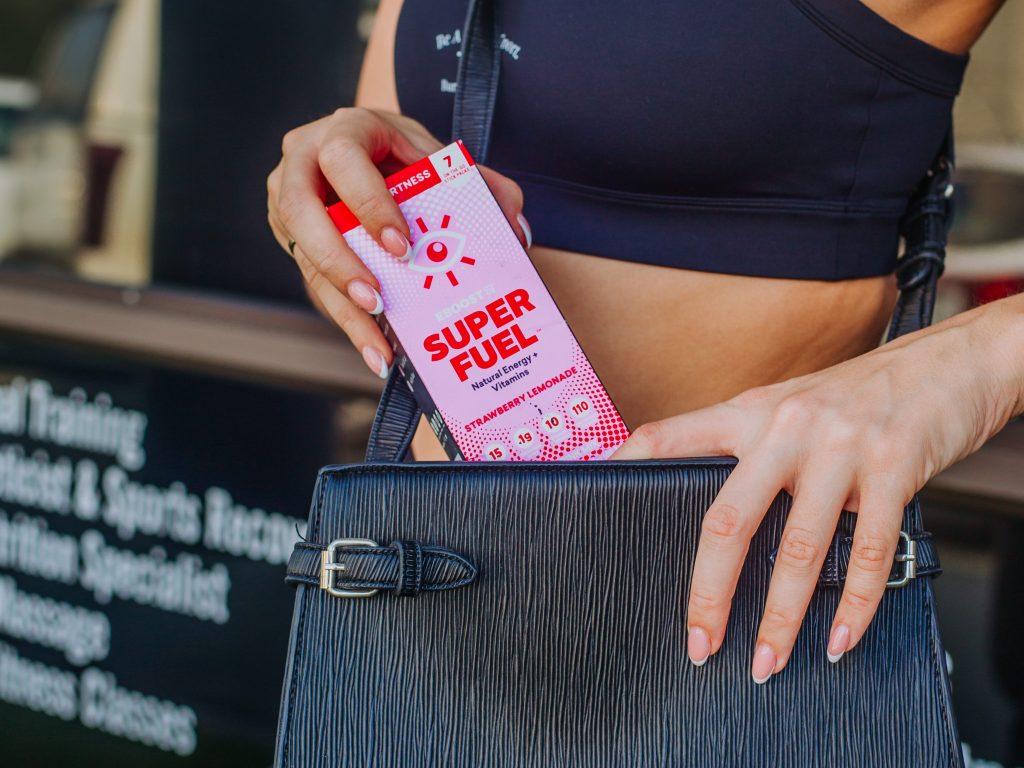Carbohydrate loading but most commonly referred to as carb loading, carb loading is a strategy used by endurance athletes to maximize the storage of glycogen, what your body uses for energy, in the body’s muscles and liver.
The Reason –
When you exercise, your body uses glycogen to fuel your workout. Glycogen is a form of a carbohydrate stored in the liver and muscle cells. The harder you workout or the longer you workout at some point your body keeps using your bodies glycogen for fuel but at some point, it will run. When it runs out you experience a drop in performance and fatigue sets in. If you prepare for an intense workout by increasing your carbohydrates then you can top up your glycogen stores to prevent running out and becoming fatigued.
The Science –
According to sports nutritionist Nancy Clark, when an athlete is under normal dietary conditions, the athlete’s body has around 36 to 55 millimoles per pound. A carb loaded athlete can have up to 90 millimoles per pound. This difference can improve endurance by about 3%. That may not seem like a big difference but it can actually be as big of a difference as winning or losing.
The Process –
If you are thinking of trying out carb loading, there are two important things to remember. You should try it out first and you can’t just add more carbs to your diet. You actually need to prepare the body or in this case, confuse the body. You need to deplete the body first of carbohydrates so it thinks there is something wrong with the glycogen stores. When you trick your body this way, your body thinks there is a problem with your glycogen stores and overcompensates by stores more when you do load your body. To do this it is suggested by many to deplete for three to four days by eating a low-carb diet, then load for three to four days. During this load, you need around 3.2 to 5.5 grams per pound.
We suggest trying this out a few weeks before the event in which you need to carb load for. We also highly recommend that you consult your doctor and coach before trying carb loading.






